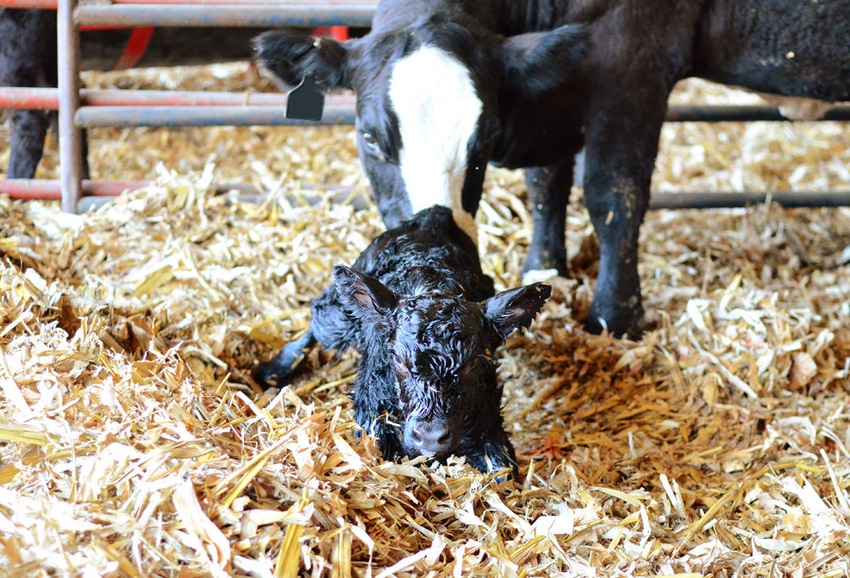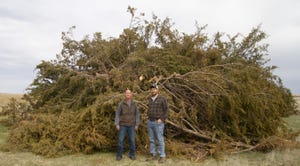How to build a low-maintenance cowherd
Whether a producer has 40 cows or 4,000, having low-maintenance cattle is an advantage. Here are four ways to build a low-maintenance herd.
December 20, 2016

Throughout the past 33 years as a beef veterinarian, I’ve seen many examples of excellent management practices. While teaching at Purdue University, I often told students they would likely learn as much from their clients as they would from their professors. It is important to learn from progressive producers and share this knowledge with others who strive to do even better than they do today.
Beef veterinarians spend a lot of time analyzing problems and providing recommendations for improvement. Successful producers prove that exceptional health, productivity and profitability are possible. So, when asked about how improvements can be made on a farm or ranch, I share success stories from those producers.
One key area that the most successful producers continuously focus on is keeping low-maintenance females. Beef cows should thrive in their environment, whether that is southern Texas or North Dakota. My veterinary school externships were in western Nebraska, where cows needed to be much more resilient than those in my family’s small Midwestern herd. The cowboys talked about their cows’ hardiness, foraging ability and ease of fleshing. Their cows calved in large pastures with little human assistance. I learned that whether a producer has 40 cows or 4,000, having low-maintenance cattle is an advantage.
As a veterinarian, I have also worked with herds that require extra attention. “High-maintenance” characteristics include:
Assisting a cow or heifer at calving as soon as the feet show. In a well-managed herd, we expect less than 5% dystocia on cows and less than 15% on heifers. It’s important to remember the rule of “progress every hour,” with regard to knowing when to provide assistance to the animal. If you have dystocia rates above these targets, a change in genetics is likely necessary.
Tubing all calves with colostrum replacer soon after birth. Beef calves should be on their feet 30 minutes after birth. Once on their feet, they should be nursing within the following 30 minutes. If this is not the rule, genetics, ambient temperature at calving and cow nutrition need to be examined. A crossbred calf born in a desirable environment to a cow with a body condition score (BCS) of 5.5 to 6 is ideal for calf vigor at birth. Spending the time and money to tube calves at birth is normal for dairy calves, but should be rare with beef.
Every calf gets a shot soon after birth. Work with your herd health veterinarian to have the cows vaccinated according to his or her recommendations so calves will not need injections at birth. Injections at birth should be an exception rather than a rule. Work with your nutritionist to build a gestation ration that prepares the cow for success at calving and beyond. The real key to calf health is colostrum ingestion. Healthy cows produce the best colostrum for the calf.
Most all females calve in a building. While providing shelter to a newborn calf is admirable, our cattle are bred to live in nature. When we confine animals, we also confine and concentrate disease organisms. The next calf born in this environment has a much greater chance of getting sick, and the odds of disease escalate with each subsequent calf born there. It is impossible to do a thorough job of cleaning an indoor calving pen to remove these microscopic pathogens. Stop fighting nature, and calve at a time of the year that is conducive to calving outside with little risk of weather stress.
If your herd could benefit from improvements suggested throughout this list, please contact your herd health veterinarian and make the proper adjustments to shift your herd from high to low maintenance. You’ll be very glad you did.
About the Author(s)
You May Also Like


.png?width=300&auto=webp&quality=80&disable=upscale)


